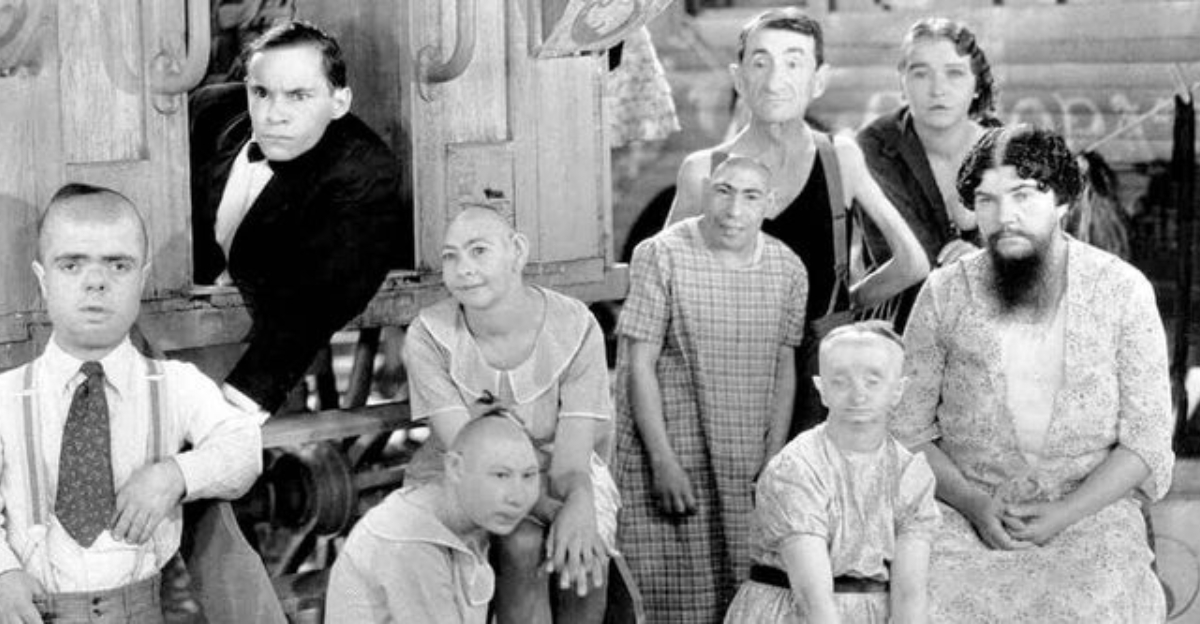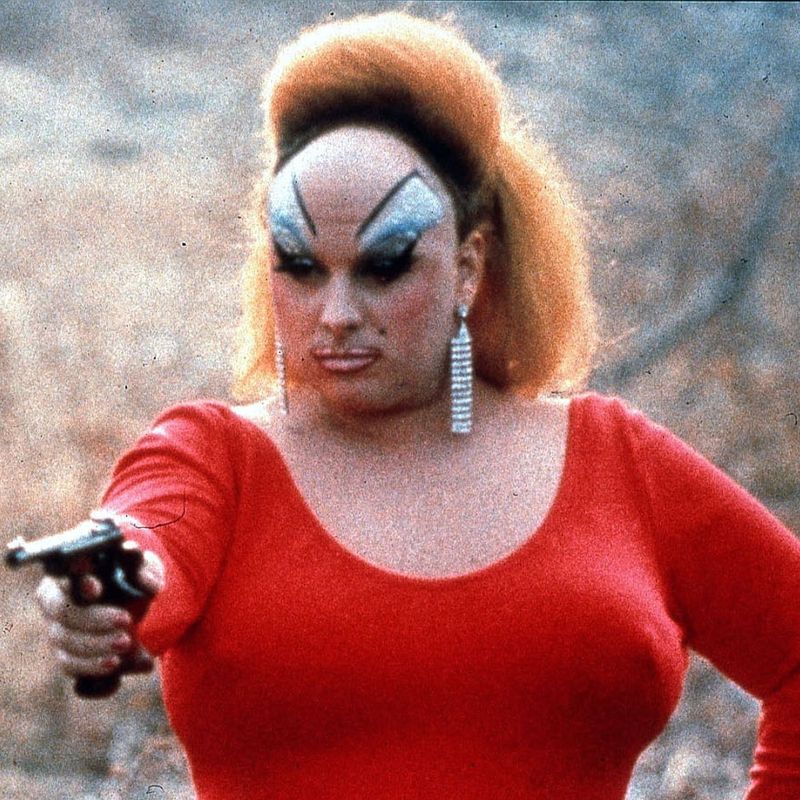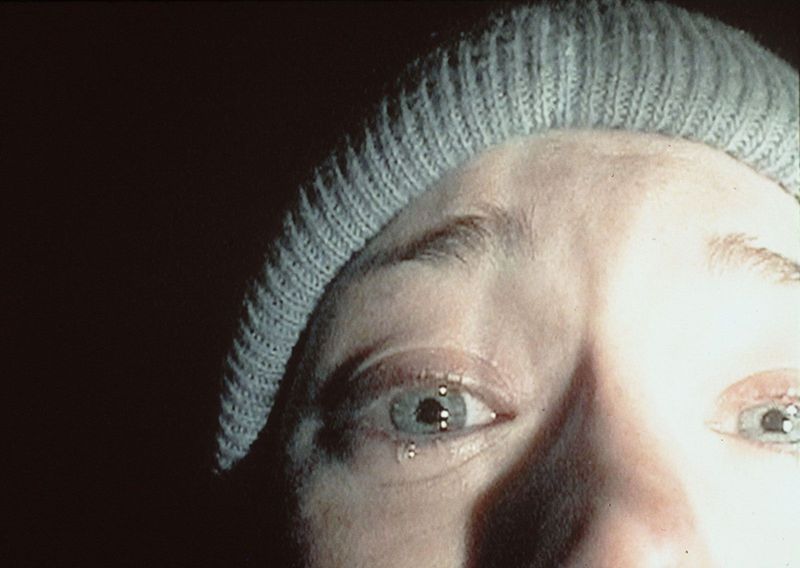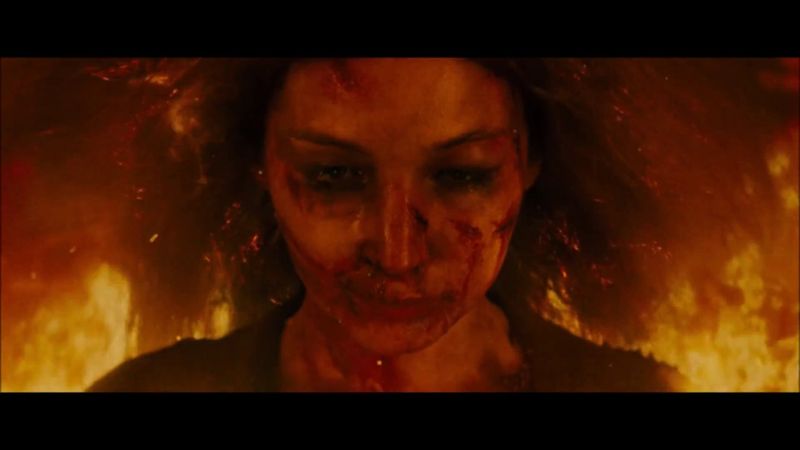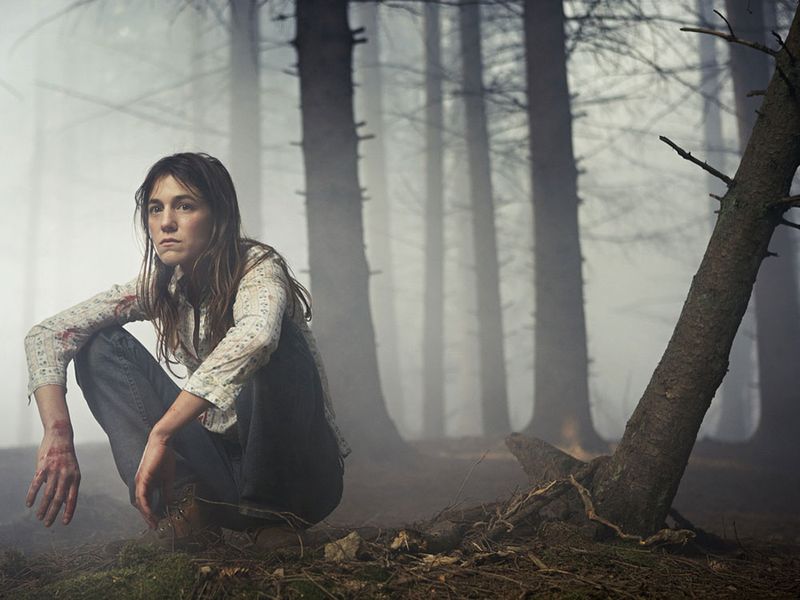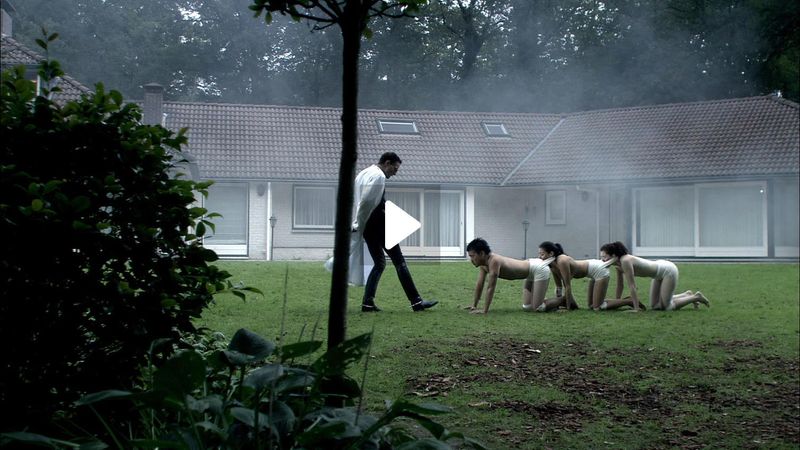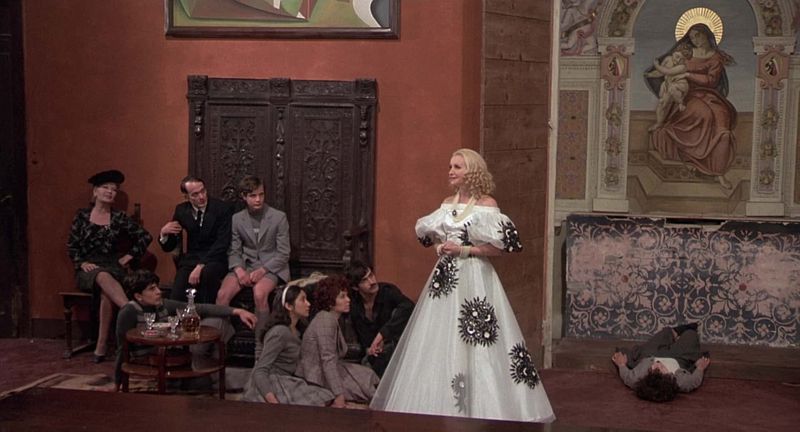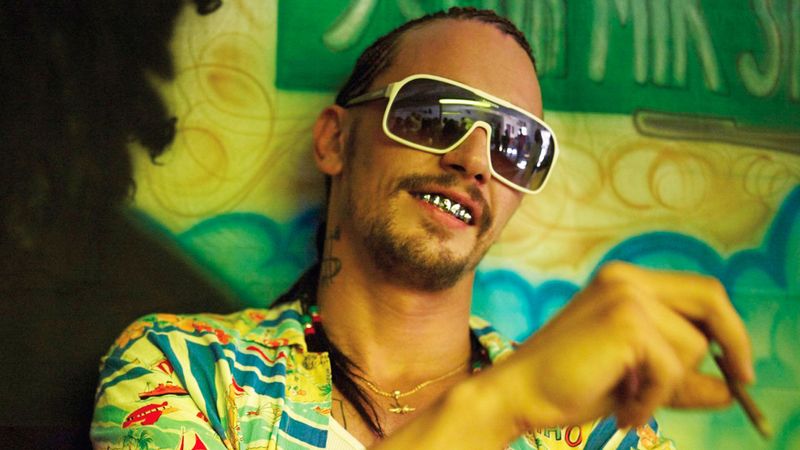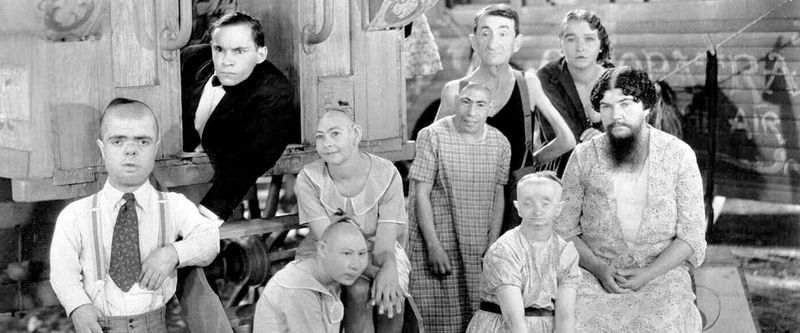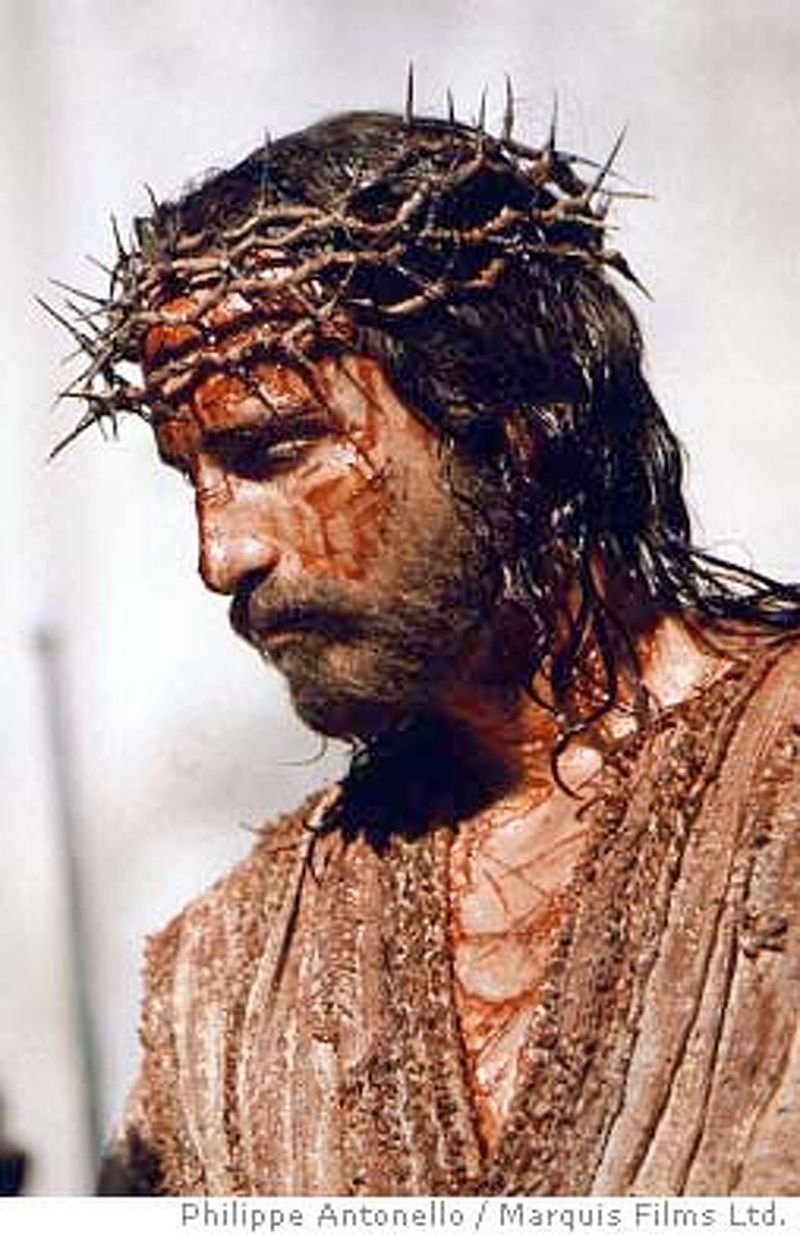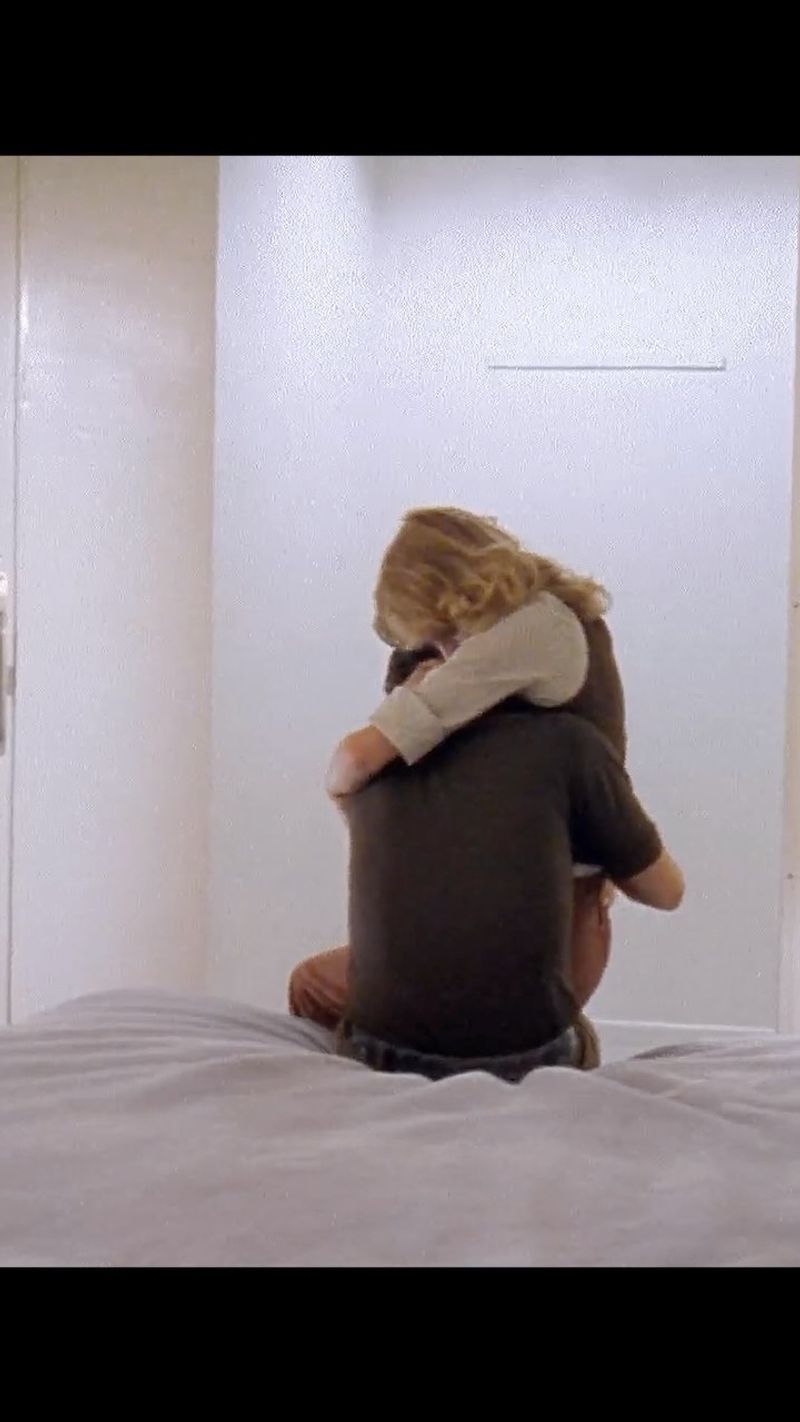Exploring films that not only sparked controversy but also drove viewers to leave their seats, this list examines movies that either offended, shocked, or disappointed audiences. From graphic content to poor storytelling, these films left a mark in cinematic history for all the wrong reasons. Discover what made these movies infamous and why many couldn’t sit through them till the end.
A Clockwork Orange (1971)
Stanley Kubrick’s ‘A Clockwork Orange’ shocked audiences with its graphic violence and disturbing themes. The film’s exploration of free will and moral decay provoked heated debates. Many viewers found the brutal content too much to stomach, resulting in walkouts. Its controversial nature led to a temporary ban in the UK. Despite the uproar, the film is now considered a masterpiece. Kubrick’s unique style and the film’s unsettling narrative continue to challenge and intrigue viewers, making it a lasting subject of discussion.
The Exorcist (1973)
‘The Exorcist’ is renowned for its intense scenes of demonic possession. Upon its release, viewers were unprepared for the visceral horror depicted. The film’s shocking imagery and sound effects caused physical reactions, including fainting and vomiting. Many left the theater, unable to endure the terror. Despite these reactions, ‘The Exorcist’ became a horror classic, influencing the genre significantly. Its ability to evoke such strong emotions testifies to its impact. The film’s legacy endures, as it continues to be a benchmark for horror movies.
Pink Flamingos (1972)
John Waters’ ‘Pink Flamingos’ pushed boundaries with its outrageous and offensive content. Known for its shock value, the film features scenes that defy conventional taste. Audiences were not accustomed to such provocative material, leading to numerous walkouts. The film’s cult status grew over time, celebrated by those appreciating its audacity. Waters’ fearless approach to filmmaking challenges societal norms and taboos. ‘Pink Flamingos’ remains a testament to unconventional cinema, provoking thought and debate over artistic expression and censorship limits.
The Blair Witch Project (1999)
‘The Blair Witch Project’ captivated audiences with its found-footage style and ambiguous storytelling. However, the film’s intense realism left some viewers nauseous and disoriented. The lack of a traditional narrative and unsettling atmosphere led to confusion and disappointment for some. Its marketing strategy blurred the line between fiction and reality, enhancing its controversy. Despite mixed reactions, the film became a cultural phenomenon, influencing the horror genre’s evolution. Its innovative approach to storytelling and marketing remains influential.
Mother! (2017)
Darren Aronofsky’s ‘Mother!’ bewildered audiences with its allegorical narrative and intense imagery. The film’s complex symbolism and relentless pacing overwhelmed viewers, prompting walkouts. Its artistic ambition led to polarized opinions, with some praising its boldness. The film’s depiction of humanity’s destructive nature and environmental themes sparked discussion. Aronofsky’s vision challenges viewers to interpret deeply layered storytelling. Despite initial confusion, ‘Mother!’ has gained appreciation for its daring exploration of profound themes, cementing its place in controversial cinema history.
Antichrist (2009)
Lars von Trier’s ‘Antichrist’ is notorious for its graphic violence and psychological horror. The film’s disturbing content led to walkouts during screenings, as viewers were unprepared for its intensity. Exploring grief and despair, von Trier’s bold depiction of raw emotions and taboo subjects shocked audiences. The film’s artistic merit is debated, with some considering it a masterpiece. Its haunting visuals and provocative themes continue to engage and disturb. ‘Antichrist’ challenges viewers to confront uncomfortable truths about human nature and suffering.
The Human Centipede (2009)
‘The Human Centipede’ is infamous for its grotesque premise, causing many to walk out. The film’s shock factor lies in its disturbing concept, where humans are surgically connected. Audiences found the visuals repulsive, sparking controversy over its artistic intent. Despite its notoriety, the film garnered a cult following. Director Tom Six’s willingness to push boundaries is both criticized and admired. The film’s legacy continues, as it raises questions about the limits of horror and viewer tolerance. It remains a divisive piece in horror cinema.
Salò, or the 120 Days of Sodom (1975)
Pier Paolo Pasolini’s ‘Salò’ is a harrowing depiction of power and corruption. Its explicit content and brutal portrayal of dehumanization led to immediate backlash. Many viewers were repulsed, resulting in walkouts and bans in several countries. The film’s raw depiction of fascist atrocities remains controversial, challenging viewers with its unflinching narrative. ‘Salò’ is both reviled and revered for its artistic audacity. Pasolini’s critique of authority and moral decay continues to provoke intense debate and analysis, cementing its place in controversial film history.
Spring Breakers (2012)
Harmony Korine’s ‘Spring Breakers’ blends outrageousness with social commentary. Its provocative portrayal of youth culture and excess led to mixed reactions. Some viewers were drawn to its bold style, while others were put off by its gratuitous content. The film’s juxtaposition of frivolity and darkness sparked walkouts, as it defied typical conventions. Its exploration of desire and consequence challenges societal norms. ‘Spring Breakers’ has since become a cult film, appreciated for its daring aesthetics and critical insight into contemporary culture.
Irreversible (2002)
Gaspar Noé’s ‘Irreversible’ is a brutal exploration of time and violence. The film’s reverse chronological structure and graphic content left many disturbed. Its infamous long-take rape scene led to numerous walkouts. Noé’s unflinching approach to storytelling provokes strong emotional reactions, engaging viewers in ethical discussions. ‘Irreversible’ challenges conventional storytelling with its nonlinear narrative and intense realism. The film’s impact is profound, as it pushes viewers to confront the darker aspects of human nature. It remains a powerful and controversial piece of cinema.
Freaks (1932)
Tod Browning’s ‘Freaks’ was shocking for its time, portraying real-life sideshow performers. The film’s empathetic yet unsettling depiction of deformity and revenge led to audience discomfort. Walkouts and bans followed its release, as viewers were unprepared for its raw realism. The film’s narrative challenges perceptions of normality and otherness, sparking debate over exploitation and art. Despite initial rejection, ‘Freaks’ is now a cult classic, appreciated for its daring portrayal of marginalized individuals. Its legacy endures as a pioneering work in horror cinema.
The Passion of the Christ (2004)
Mel Gibson’s ‘The Passion of the Christ’ sparked controversy with its intense depiction of religious themes. The graphic portrayal of violence and suffering prompted strong reactions from audiences. Many found the realism overwhelming, leading to walkouts. The film’s focus on the brutality of Christ’s crucifixion was both praised and criticized. Its impact on religious cinema is significant, as it challenges viewers’ perceptions of faith and sacrifice. Despite polarized opinions, the film remains influential, encouraging discussions about the portrayal of religious narratives in film.
The Brown Bunny (2003)
Vincent Gallo’s ‘The Brown Bunny’ is renowned for its minimalist storytelling and controversial scenes. The film’s slow pace and explicit content led to mixed reactions. Its infamous unsimulated oral sex scene shocked audiences, resulting in walkouts at Cannes. Gallo’s introspective exploration of alienation and desire challenged traditional cinematic norms. Despite initial controversy, the film has gained a degree of appreciation for its raw and personal narrative. ‘The Brown Bunny’ remains a significant example of experimental cinema, provoking thought and debate.
Cannibal Holocaust (1980)
Ruggero Deodato’s ‘Cannibal Holocaust’ pushed the boundaries of horror with its graphic depiction of violence and cannibalism. The film’s realistic portrayal of brutality led to bans and legal issues. Its found-footage style blurred the line between fiction and reality, shocking viewers. Walkouts occurred due to its intense scenes, sparking debates on ethical filmmaking. Despite its controversial nature, the film is now seen as a pioneering work in horror, influencing the genre’s evolution. ‘Cannibal Holocaust’ remains a provocative piece, challenging perceptions of realism and horror.
